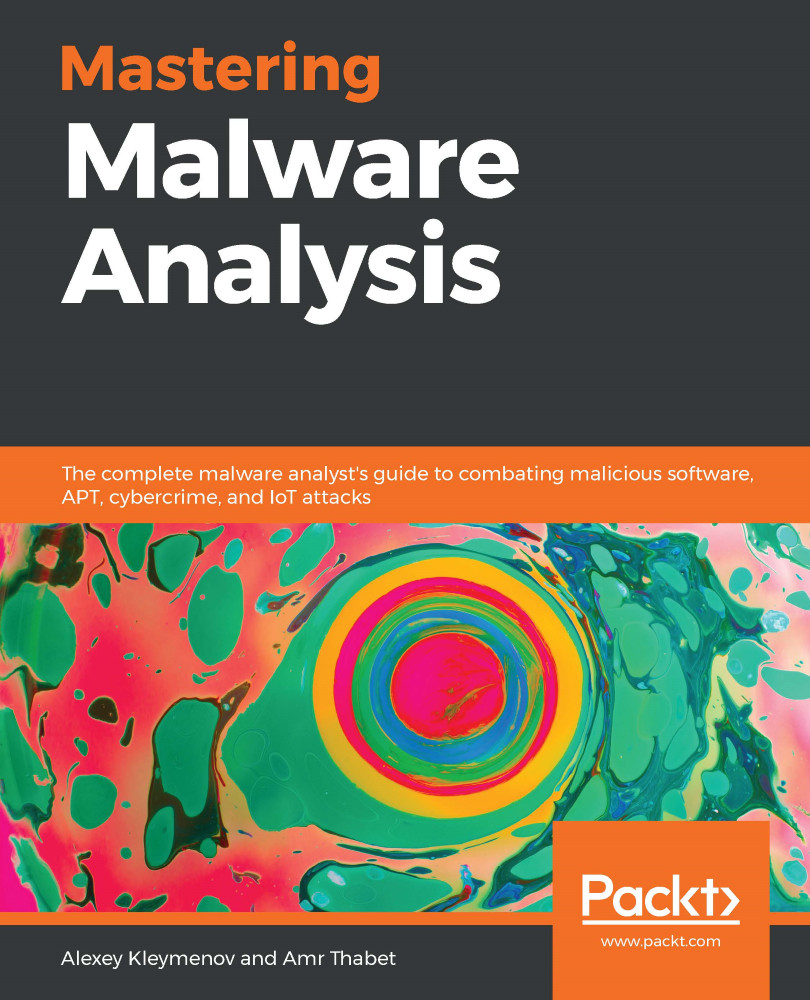In this chapter, we are going to dig deeper into the Windows kernel and its internal structure and mechanisms. We will cover different techniques used by malware authors to hide the presence of their malware from users and antivirus products.
We will look at different advanced kernel-mode hooking techniques, process injection in kernel mode, and how to perform static and dynamic analysis there.
Before we get into rootkits and learn how they are implemented, we need to understand how the operating system actually works and how rootkits can target different parts of the OS and use it to their advantage.
This chapter is divided into the following sections to facilitate seamless learning:
- Kernel mode versus user mode
- Windows internals
- Rootkits and device drivers
- Hooking mechanisms
- Direct Kernel Object Manipulation Attack (DKOM)
- Process injection...


